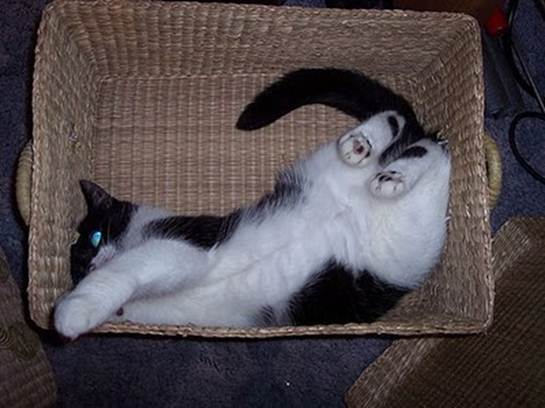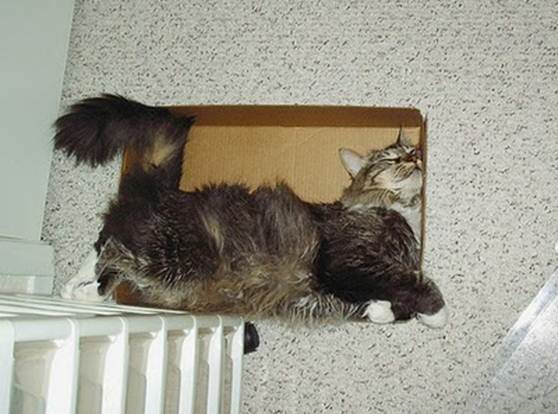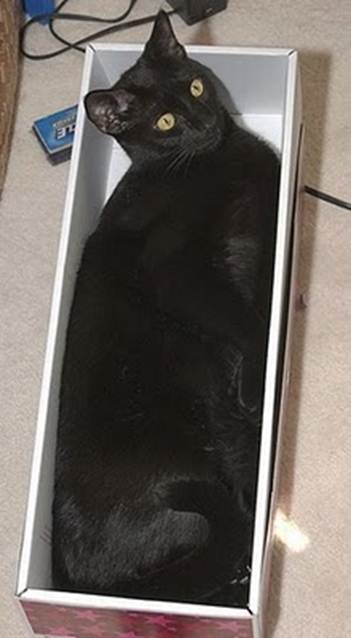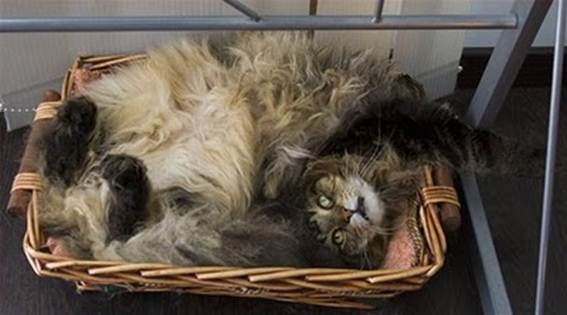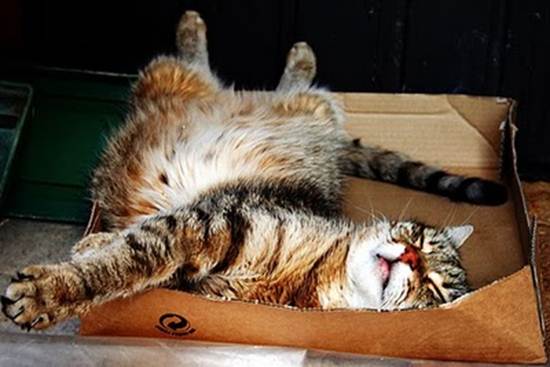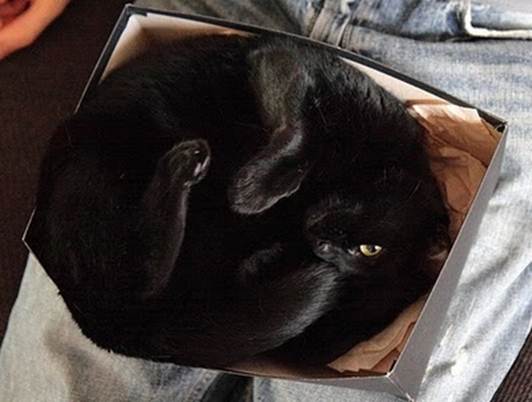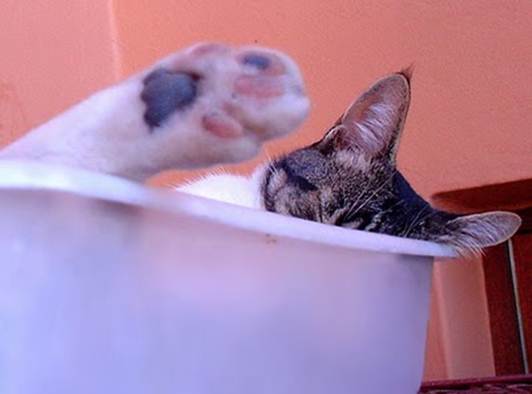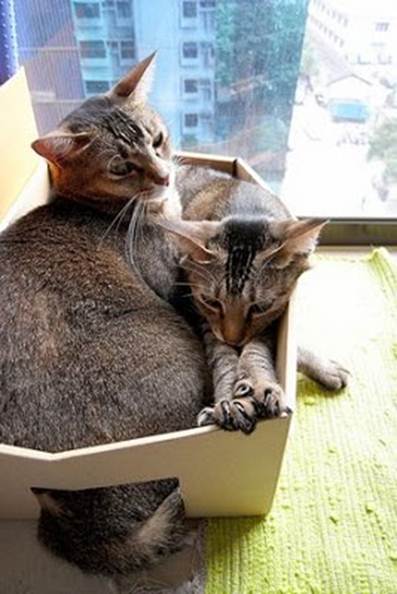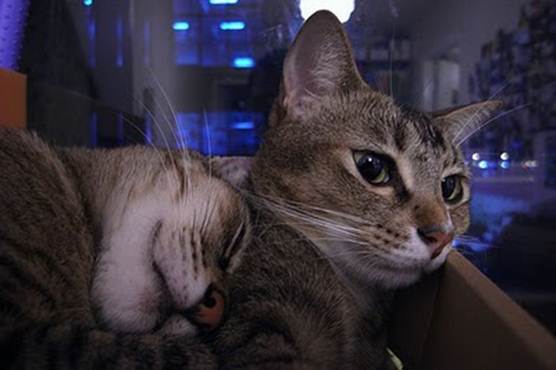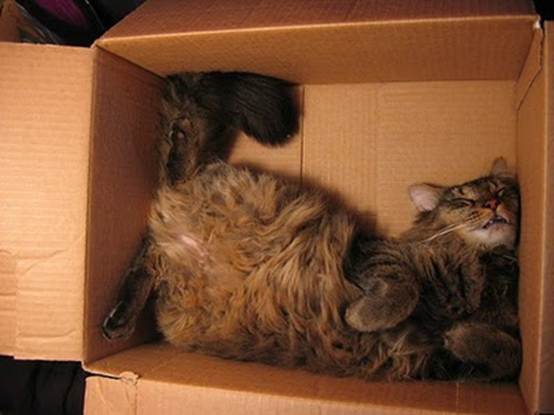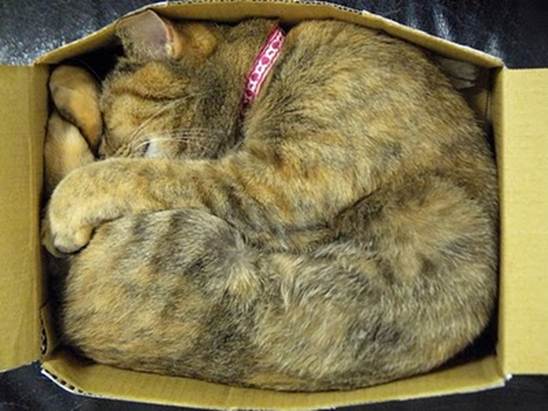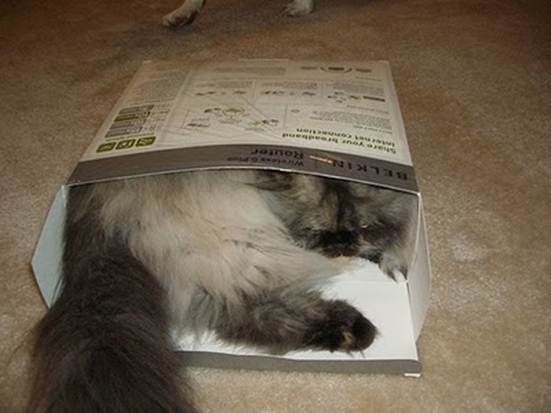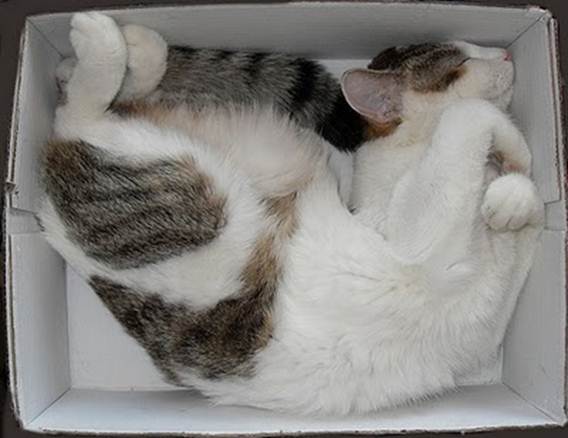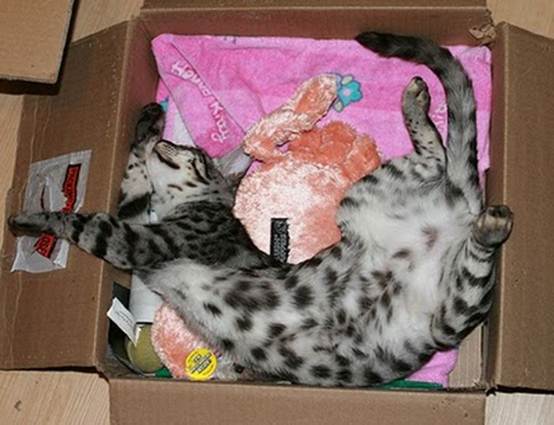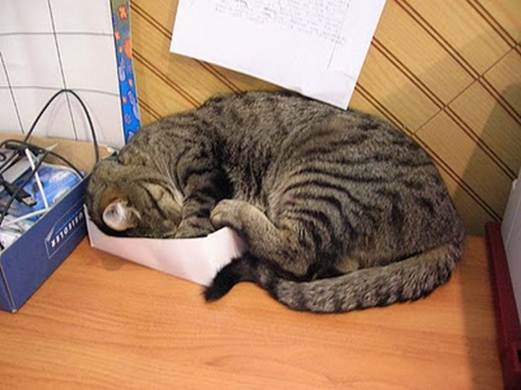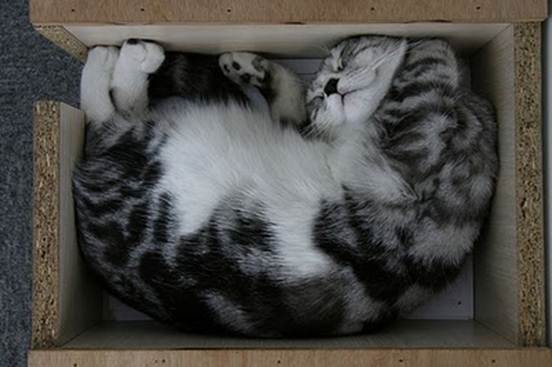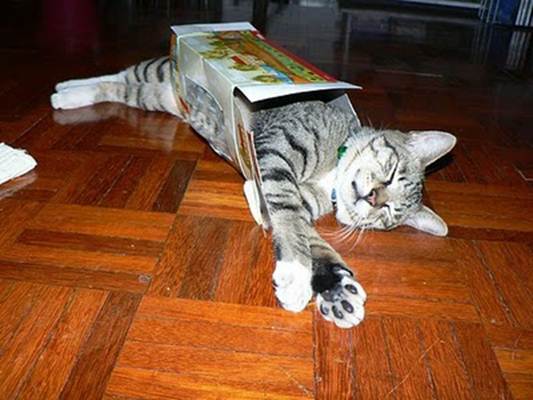Introduction
This newsletter covers the second quarter of 2011.
Note: images or photographs with a thicker gray border around them may be clicked to see an enlargement or another web page related to the image. And we’ve added a horizontal menu for quick jumps to part of this newsletter.
Feedback about this newsletter is always appreciated; please use our contact us page.
Yard Sale
Our biggest fundraiser by far is our yard sale, which we now have every few months. We have found with several sales a year, we can better manage the very nice goods we receive as donations.
And of course, we have possibly the best venue ever for these events: Roy’s Bayside Grill (see here for web and Facebook pages), right on the water in Sandy Ground. Roy and Mandy have been supporting AARF just about forever, and donate a covered dining space for us to use, along with getting up far too early in the morning to supply volunteers with coffee and warm support!
These sales benefit people looking for quality used items such as clothing, electronics, household goods, toys, games jewelry—and we always have a lot of great books. But the real winners are our dogs and cats, who get medication, food, shelter, care, love — and are part of our adoption and spay/neuter programs. Since we are 100% volunteer driven and have no official funding, all of our budget comes about as a result of donations and volunteer activities.
Our sale in March once again helped us towards our annual budget of some $30,000. We did well with sales of goods, AARF merchandise and even with our bakery goods. We also had three new memberships and a wonderful cash donation of $240!
Once again Roy and Mandy chipped in their drink and coffee proceeds.
Thanks to all the great bakers who contributed their time and ingredients (including Reg’s sister, whose fabulous cakes had no problem selling out).
Of course, as usual, fabulous thanks and kudos go to Gayle, our fundraising chairperson.
Future sale dates and directions to the Bayside Grill are listed here. Come by and meet volunteers, meet Roy and Mandy, and find some great bargains!
Rhode Island Vet Takes Puppies to the USA for Adoption
Dr. Jack Civic, a veterinarian from Jamestown, Rhode Island, took three Anguillian puppies back to RI for adoption earlier this year. The story was carried by the local newspaper there, the Jamestown Press on May 12, 2011, and the article is reprinted below as it ran.
But this is not the this is not the first time that Dr. Civic has come to the rescue and found homes for AARF’s shelter animals.
The first time he did so was back in 2007, when he took home 6 puppies, and as timing would have it, one of those puppies is highlighted as one of this issue’s Happy Tales. (Read that Happy Tail below in the Will and Marley section).
Here is the article from the Jamestown Press on May 12th:
Local vet rescues puppies from Caribbean island
By Margo Sullivan
First by boat, then by plane and finally by car, five sleepy pups finished a long Easter Sunday journey. Their trip carried them from the Caribbean island of Anguilla — where they almost certainly would have been destroyed — to safe haven inside Newport Animal Hospital.
There, thanks to Jamestown resident Dr. Jack Civic, the eight-week old puppies will stay until adopted.
Civic, who also operates the Jamestown Animal Clinic, said the Anguillian adventure started about four years ago because of another islander, Madeline Kelly.
“I didn’t even know where Anguilla was,” Civic said, until Kelly, whose dogs Civic had treated for years, suggested the veterinarian and his wife should take a winter vacation. Kelly had two homes in Anguilla, and the first year, Civic and his wife stayed as her guests.
One day, they stopped over to visit her, and Kelly showed them a pen full of Anguillian puppies. She had found the mother by the road. The mother was “emaciated,” Civic said, but Kelly saved her and saved the pups, too.
Later, over dinner, she asked if Civic would take the puppies back to Newport. Anguilla, an island east of Puerto Rico, is a small, poor British territory with a big pet overpopulation problem. If the dogs stayed on the island, they would certainly have to be euthanized because no one would want to adopt them, Civic said.
“It’s sad to see a healthy puppy put down,” he said.
Civic agreed to rescue the litter and when he was leaving Anguilla, Kelly met him at the airport with a crate full of the puppies.
That started the special puppy rescue.
Civic said he did use the trip to rest and relax. For example, he didn’t bring his computer and he and his wife didn’t watch any television. But they always try to do “one good thing” when they take a vacation, so they were happy to help.
“It’s a win-win-win situation,” he said. The puppies are saved and go on to new homes, the shelter receives contributions and new members, the new owners are overjoyed, and the hospital staff loves the new arrivals. So Civic has kept the connection going, although moving puppies to the U.S. is no easy task.
“It’s quite a bit of effort,” he said. This time, he brought five puppies — four females and one male, named Madeline, Susie, Joanie, Lisa and Frank, respectively. Three of the pups are tan with black noses, typical of the Anguilla dog. The other two pups come from a different litter. Civic calls them Cocoanut Retrievers.
Because the crates proved too large to fit in an island-hopper plane, Civic had to take them on a 35-minute ferry ride before they could board a plane to Miami. Then they had to go through customs and Homeland Security.
But first, Civic and wife Sarah had to give the puppies a break from the crate, feed them and clean them. They used their luggage to barricade the puppies in a safe area, then put down newspapers and let them take care of business. While the puppies are exploring their little corral, the couple washes down the crates, and then it’s time to head for the plane.
Customs and Homeland Security officials have usually been helpful, he said.
“It’s a huge ordeal, though,” he said. They made it back to Jamestown around 3:30 a.m. Both had to go to work the next morning.
The puppies, which are all mixed-breed, will stay at the Newport Animal Hospital for about two weeks, he said, while the staff tries to match them with prospective new homes and gets them dewormed and inoculated.
Meanwhile, the pups play and sleep behind a picture window inside the hospital, and everyone who comes to the hospital enjoys their antics.
“Just sitting and watching puppies will make a bad day into a good day,” he said.
Adopting fees cost $125, he said, with $50 going to pay for the transport, while $75 goes back to the shelter — the Anguilla Animal Rescue Foundation — as a contribution.
That money goes a long way in Anguilla, he said, where the shelter is overwhelmed with unwanted puppies.
Kelly alerted him about the shelter, and Civic spends some time on his vacations talking over best practices with the vets. He hopes to teach them how to spay and neuter animals, which are being adopted, so they will not add to the pet overpopulation problem.

While it is quite a task to take several puppies at one time back to North America, we’d like to point out that we have had many, many, many adoptions to the USA and Canada — and it is actually quite easy to do!
We’ve done this so many times that we have a simple process. Really, the major issues are with the airlines (who, if they take pets, are, at certain times of the year are concerned with temperatures if the pet’s size dictated traveling in the cargo hold of the airplane). We cover this subject in detail on our Adoption Basics web page.
AARF Staffs First ever Valley Street Festival
In May, AARF participated in the Anguilla Tourist Board’s inaugural Valley Street Festival. The ATB had an idea to create a street fair that would showcase and celebrate great things about Anguilla: food, live music, culture, art and people — all in a festival in a central location that would attract locals and visitors.
Held near the People’s Market in The Valley, the main street was closed to allow foot traffic to both sides of the street where booths and stalls sold locally grown produce and plants, locally made arts and crafts, food (of course!) and other items. A youth steel pan band entertained the crowd.
AARF volunteers staffed a booth selling used books and pet supplies and were on hand to answer any questions and meet people.
It was a fun and successful event in spite of a torrential midday rainstorm that lasted for some 45 minutes!
It is anticipated that these festivals will put on several times a year.
School Visits and Education
Our education campaign continued working at the adult level with several articles in The Anguillian as well as visits to children in the schools. The newspaper articles (written by Penny and Suzie) speak to adults and the school visits target values and ideas at the earliest levels possible.
We feel that planting seeds in the minds of the children will help greatly as the next generation grows up. We want children to understand that cats and dogs have fundamental rights and freedoms, as well as feelings that need to be understood. To that end, among other things, we want them to be able to read dog and cat body language.
To facilitate this, Penny Hope–Ross (AARF Education Chair) has created brochures and posters showing dog/puppy and cat/kitten behaviors along with the fundamental rights and freedoms that should be enjoyed by animals. They, along with larger posters that can be used in the classrooms, can be used in lecture and quiz presentations.
Funding for these posters along was provided by a grant from The Anguilla Community Foundation.
We reached a lot students in many schools in Q2. In May, Penny and Carol Gilbert spoke with first grade students at East End Primary School and to Grades 4 and 5 at Island Harbour Primary School. Penny visited children at Valley Primary School in May and later, in June, Carol met kids at the Adrian T. Hazell/Road Primary School.
These visits focused on cats and kittens this time (in the past, visits talked about interacting safely and enjoyably with dogs and puppies). Presentations were given in an interactive format to stimulate the students. The kids were challenged with questions like:
- How many of you have a cat or a kitten?
- Do you know what AARF is and what it does?
- Do you know where the animal shelter is located?
- Have any of you been there?
- What do you need to do to take good care of a cat/kitten?
- What do they need to be safe, happy, and healthy?
- How can people and cats/kittens communicate with each other?
The cat/kitten behavior posters were used as teaching aids. The children were quizzed about cat body language and actions (examples: a child shown an image of a cat with ears flat on the back of the head should be able to articulate that the cat is scared or unhappy and thus should be left alone; they should know a cat that rubs along the ankles is showing affection and interest [the Editor snickers: or wants to be fed!].
Thank Yous
We can’t say enough good things about the many supporting people we have on Anguilla as well as all over the world. Thank you for donating money, time, goods and more! All donations go 100% towards the welfare of AARF animals.
Particular thanks go to Bud and Kathie for their help with our yard sale. Those efforts made a huge difference and made that sale one of our best ever!
Happy Tails
Jumby and Jazz
It happened slowly, but somehow we knew Karen and Paul would be “foster failures” just like so many of the rest of us at AARF!
The plea went out in December — who would take a puppy or kitten for the holidays? After all no one ever wants to spend the holidays at the animal shelter — remember all those Disney movies we watched as kids. It’s just heartbreaking!!
Karen and Paul picked up their two foster kittens for the long holiday weekend and afterwards decided they would foster them a bit longer — maybe they could find a home for them on their own. After all, we weren’t having much luck getting them adopted. Black may be beautiful, but not when you are a kitten, and it is very difficult to find folks willing to adopt a black cat (the superstition is prevalent in Anguilla).
Well, foster kittens Jumby and Jazz acclimated just fine to being house cats; besides that, they figured out very quickly where the treats were!
Days turned into months with different ideas being floated and often a ray or two of hope. There were friends who had lost their kitten and might take them, there were guests who might be willing to transport them to the USA or Canada, Karen and Paul posted pictures of the two for a villa tour of their home. They even had an idea for a house sitter for the summer, or the old “share a pet” idea.
But alas, each wonderful idea fell through and it finally became apparent that (1) there would be no alternative except adopting them and (2) — they couldn’t part with them anyway!
So in early June, after several practice runs in their carrier, and with their neuter surgery behind them the new family of Jumby, Jazz, Karen and Paul departed Anguilla for their summer in Canada.
That has worked out nicely; what lucky boys these two are!
Will and Marley
If you haven’t had a chance to read about Dr. Jack Civic and his veterinary clinic in Newport (Rhode Island) and his wonderful assistance to the Anguilla Animal Rescue Foundation, then take a look at this article.
Actually, this is not the first time that Dr. Civic has come to the rescue and found homes for AARF’s shelter animals. The first time he did so was back in 2007 when he took home 6 puppies belonging to a homeless dog named Ginger. At the time, Ginger was being fostered by his friend (and AARF supporter) Madeline. Dr. Civic took the puppies back to the USA found homes for all of them.
One of the rescues he took back on that trip was Marley, who found a home with Will. Recently, Will sent pictures and an update on Marley.
Here is Marley’s story:
Will wrote: “Our Lab, Nick had passed away in January 2006 after 14 wonderful years and we had had no intention of having another dog for quite awhile.
In February 2007, it was by chance we went to see Dr. “Jack” for a follow–up visit for our then 18 year old cat, Spike, who lived to a ripe old age of almost 21 years. We met the litter of pups, fell in love and brought Marley home.
He is very different from our Lab, more protective, wary of strangers but he is the most loving, loyal and playful dog and adores the little children who come to our house (as my wife has an in-home daycare).
He even enjoys the snow, but likes the “warm up” afterwards even more. It must be that Caribbean blood!”
Guilla the Cat
In 2007, Michael wrote to AARF:
A little over two years ago I planned a surprise wedding for my wife–to–be, Cynthia.
She knew we were going to an island, but had no idea I was going to propose, let alone get married. Luckily, she said yes and the wedding was wonderful.
About two days into our trip, we noticed three tiny kittens and one older cat hanging out at our back door. We didn’t feed them for a while, but then gave in. They kept their distance but appreciated the food.
About two days before we were going to return home to the States, the runt of the three came up to Cynthia and rubbed up against her leg. Right then, I knew we were going to take a cat home with us (we were able to catch the other two and take them to AARF).
Guilla was great on the flight back and after a couple of weeks she became very close to our other cat, Bailey. Now the two are inseparable and they are too much! She is a great reminder of our special time in Anguilla.
2011 Update:- Mike and Cynthia continue to stay in touch and send pictures of Guilla along with donations to AARF. Their family has grown a bit since 2005 and Guilla is still an important part! In the photo to the right, Guilla is with Mike and Cynthia’s second daughter, Josie.
On a Lighter Note
We end our newsletter with our continuing pathetic attempts at entertainment. This time, we have some lessons we can learn from cats. This lesson is entitled:
The art of sleeping in a box
Let‘s begin with the basics.
Start with simply sleeping on your back:
…or on your side.
Consider using the top flap of the box as a pillow:
If you are longhaired, use the benefit of your coat and tail:
Remember that you and your box must nearly become one.
Use your imagination: try an S-like position:
or an inverted C-like position:
or even an L-shaped one:
If you totally trust your humans, relax your back legs to the maximum.
Sometimes O-like positions do not fit the box well, but you can always experiment.
If the box is rather small, do the best you can with it.
Sometimes stretching just one paw out can help. Like this:
… or like this:
Invite your friend to join you:
… and then enjoy it.
Now, your humans may wonder: how can you manage to sleep like that?
Just ignore them and enjoy yourself.
Perhaps they will not even notice you.
Pro camouflage tip: to avoid unwanted attention, choose a box that matches your fur color.
Or you can trying hide in an absolutely unexpected box:
This position is for experienced yoga cats…
…as well as this one…
Even small boxes will do in a pinch.
To get some practice, you can use any box–like structure you can find.
Just remember to be creative!
What? Nothing about dogs and boxes? Well, hey, we figure dogs would simply eat the boxes.
Do you have dog (or cat) humor or inspirational animal thoughts? Send it to the Communications Chair.
Thank you for everything you do to help our animals and AARF. Until next time, please consider this:
There are two means of refuge from the miseries of life…music and cats.
- Albert Schweitzer
















